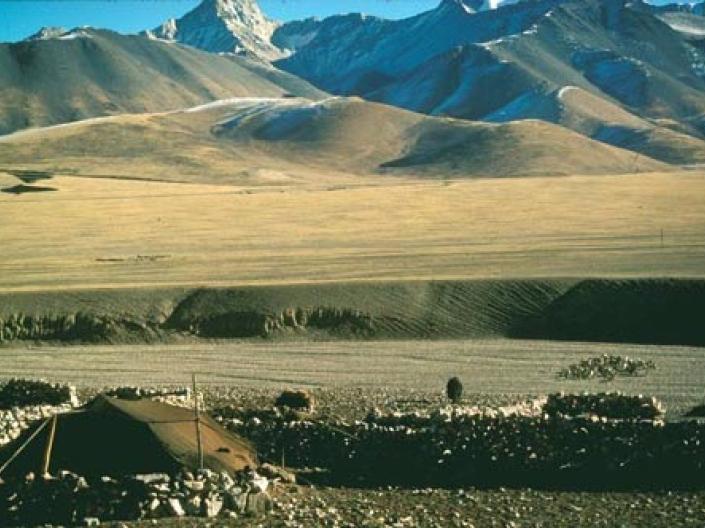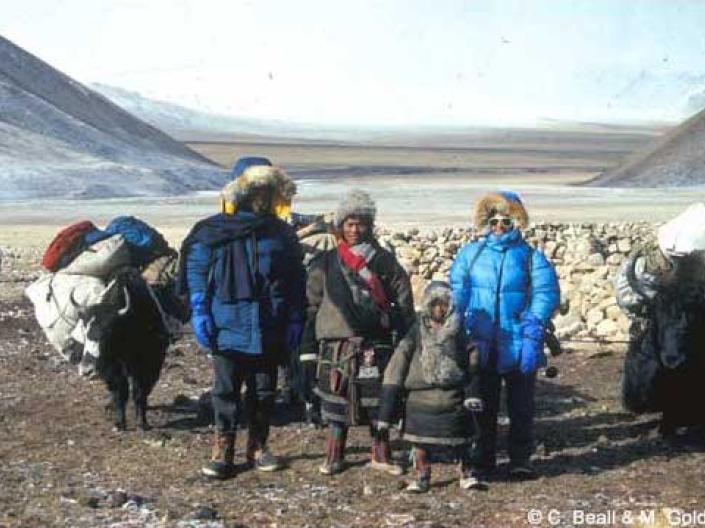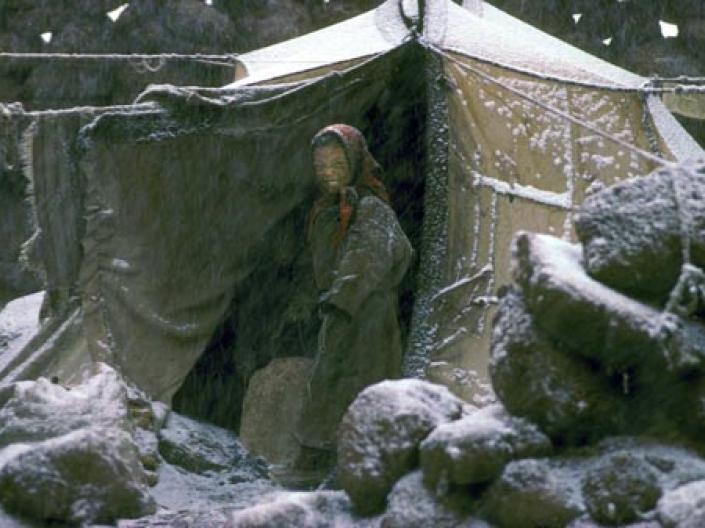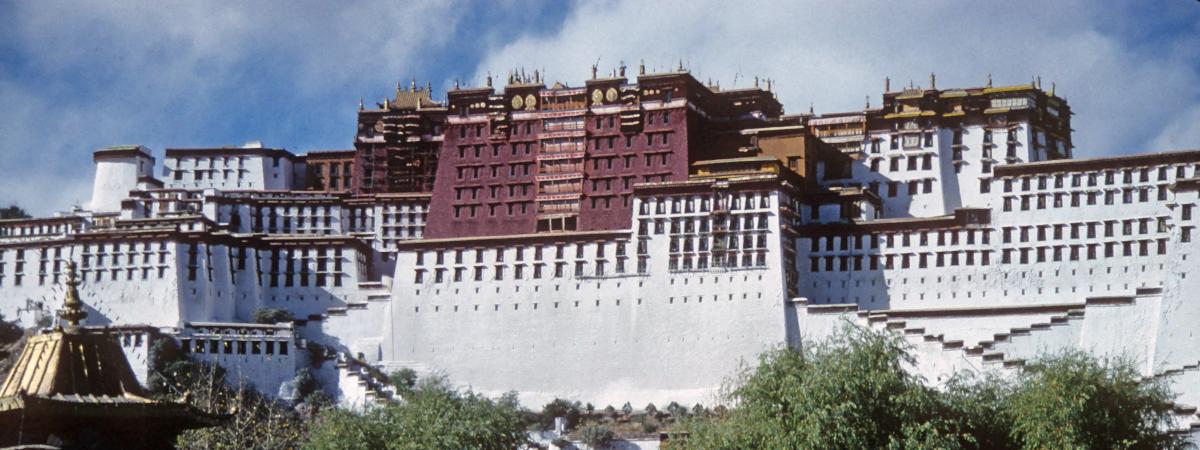
Discover Our History
The Center for Research on Tibet was founded at Case Western Reserve University in 1987 to generate and disseminate new knowledge about Tibetan culture, society and history.

Meet Our Staff
From distinguished professors to language experts, the staff in the Center for Research on Tibet at Case Western Reserve University are renowned for their expertise.

Explore Our Projects
Explore the various projects at the Center for Research on Tibet at Case Western Reserve University.


